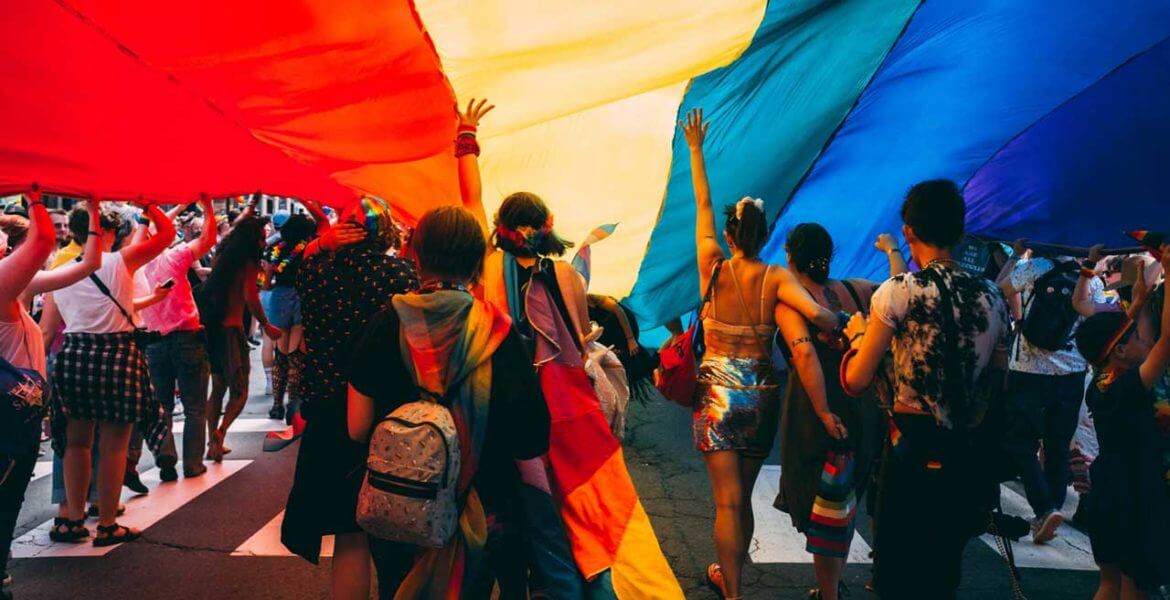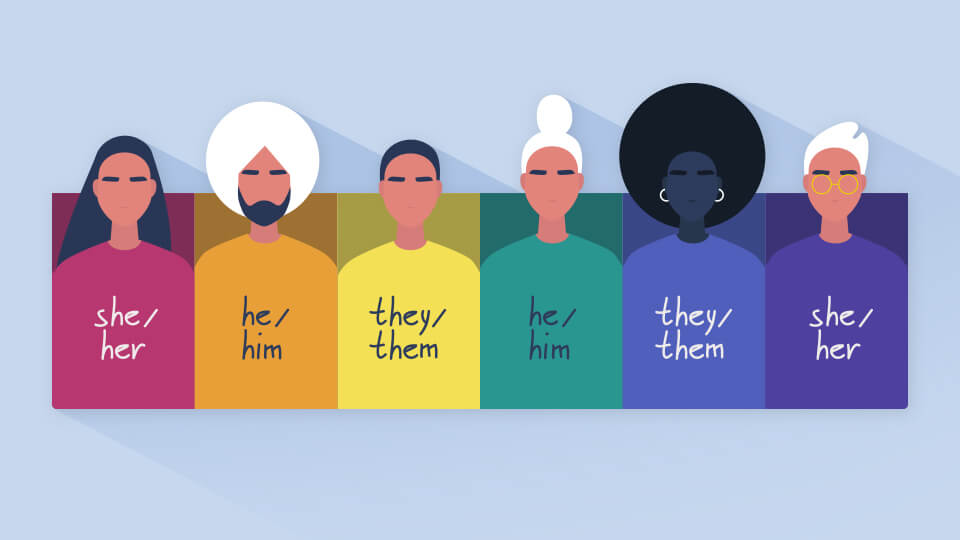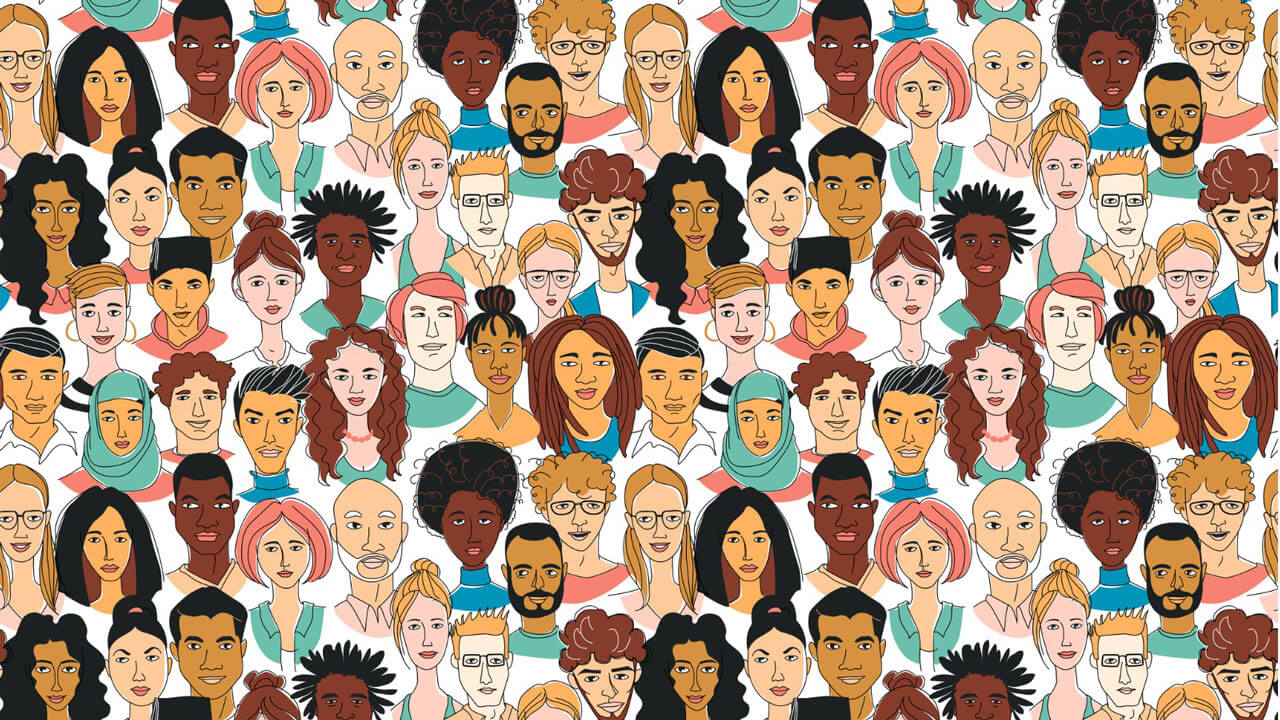They may be unrelated sound effects but for ASMR enthusiasts, they are the vital ingredients for causing tingling along the spinal cord and extremities. For those who experience the pleasurable reactionary shivers, the audiovisual clips they seek on social media fall under the genre of ASMR.
These videos have made it to the mainstream but are a poorly understood niche of Internet content. And in the last year, they have become a source of experimentation for brands and marketers.
The acronym ASMR stands for Autonomous Sensory Meridian Response. It’s characterized as an almost euphoric sensation in the body often elicited following certain visual and/or auditory stimulants. The feeling is autonomous, in that individuals are assumed to have no control over initiating it, and sensory, in that it is a physical response that occurs along the body’s meridian, or center.
Inducing triggers include, but are not limited to, gentle whispers, lips smacking, nails tapping, the scratching of hard surfaces, brush bristles, paper crinkling, scissors cutting, personalized attention such as doctor visits, air blowing, running water, and much more. Often referenced are the artistic brushstrokes of Bob Ross in “The Joy of Painting,”an instructional art series that aired on PBS in the 80s and early 1990s.
In addition to these tingles, users feel more relaxed after consuming ASMR-themed pieces, as throughout these videos, the subject of the video leads the viewer in a nurturing and caring manner that generates a level of intimacy.
The sensations of pleasurable frisson in response to specific ambient sounds have always existed in humans. These are reactions that can be an innate part of human physiology. But similar to the stylings of Oddly Satisfying, their naming came about in the early 2010s through online users seeking a nomenclature on community websites, like Reddit, to identify their experience. And it was on YouTube where this naming convention became the de facto home for it to prosper.
Equally aligned with Oddly Satisfying, there are little to no scientific studies into the therapeutic aspect of ASMR, but there is no doubt into its popularity. The start of 2019 witnessed the trend proliferate: the number of videos tagged had doubled to 11 million from 5 million the year prior. And about 570 new videos are posted every hour. The active viewership is evident: in 2018, Grammy-winning rapper Cardi B did an ASMR-styled interview with W Magazine, where she expressed her addictive affinity for the audiovisual content. In two weeks, the video garnered 7.2 million views; and at the time of this recording, 40 million.
And ASMR has become a part of brand marketing in an effort to stand out amongst all the noise in the social space. Brands ranging from industries such as cosmetics and chocolate to homewares and haute couture are attempting to reap the rewards of chasing the social media feel-good sensations, such as the following six:
- Michelob Ultra’s 2019 Super Bowl commercial featured actress and musician Zoë Kravitiz soothingly sip on the brand’s golden lager—exuding chill in more ways than one.
- IKEA has been showcasing its Scandanavian minimalism for decades with its product’s clean lines, and now is evoking those concepts with crisp sounds. Their YouTube channel features their product offerings in a series called “Oddly Ikea.”
- For the Chinese consumer market, Dove Chocolate focused on the delicate flavors and sounds of making and savouring silky confections.
- Cosmetic challenger brand Soko Glam highlighted the sensual feelings of skincare routines in a series of clips on Instagram for their product line, Then I Met You.
- Apple experimented with ASMR for their YouTube series “Apple ASMR,” to showcase that quality ASMR can be #ShotoniPhone.
- Lastly, French luxury brand Louis Vuitton lent their 2020 fashion line to the ASMR musings of Riverdale actress Madelaine Petsch for their YouTube channel LV TV.







